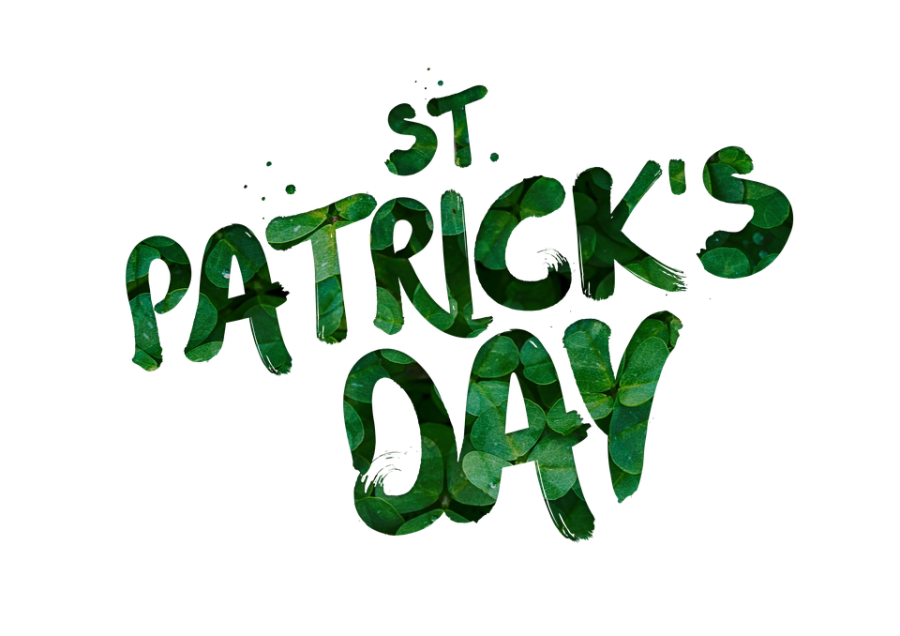The History of St. Patrick’s Day
St. Patrick’s Day is a day celebrated by many Irish across the world. It’s a celebration of the anniversary of St. Patrick’s Death, known to fall on March 17th annually.
https://pixabay.com/illustrations/st-patrick-patrick-st-patricks-day-2174374/
March 16, 2019
On March 17th in Ireland, people attend church in the morning, then feast and party in the afternoon. There are parades and festivities all day on this day. The biggest parade is held in Dublin, the capital of Ireland, and is filled with games, concerts, and lots of food, specifically Irish Bacon. Although Lent goes on during this holiday, the Irish skip it for one day to celebrate St. Patrick’s Day. To this day, they still play music for traditions.
The holiday originated in Ireland to celebrate St. Patrick, who brought Christianity to Ireland. St. Patrick was a Saint and Apostle of Ireland in the 5th century. At a young age of 16, he was sold into slavery in Ireland. A few years later, he escaped Ireland and the slavery he was in. He later came back to Ireland and brought Christianity to the country. St. Patrick used a three-leafed-clover, also known as a shamrock, to explain the holy trinity of the Father, the Son, and the Holy Spirit in Christianity. The shamrock is now the symbol of St. Patrick’s Day. The shamrock is also a symbol of the Irish heritage when the Irish religion and language was taken away from them when England was in control of the country.
In Ireland, people had to share stories and write music to keep the Irish traditions alive when England banned them from being able to express their religion and language freely. They used classical instruments such as fiddles and pipes for music. The Queen eventually banned them from being able to play music based on their Irish lifestyle, but the Irish heritage lived on.
Although the holiday originated its celebration in Ireland, when a potato famine occurred and people immigrated to America, the traditions continued. At first, Americans thought of these traditions as weird and criticized their parades and festivities; eventually, Americans decided to take part in these parades for St. Patrick’s Day. The first St. Patrick’s Day Parade was held in the heart of New York, New York City in 1762. The Irish Americans saw this as strength in themselves because Americans were finally accepting them as Americans.
To this day, more parades have been created and the New York City parade remains. Americans also created their own traditions to celebrate this holiday such as the Chicago Ricer being dyed green temporarily each year on St. Patrick’s Day. Americans pour 40 pounds of vegetable dye to dye the river green for a few hours to celebrate the holiday.




